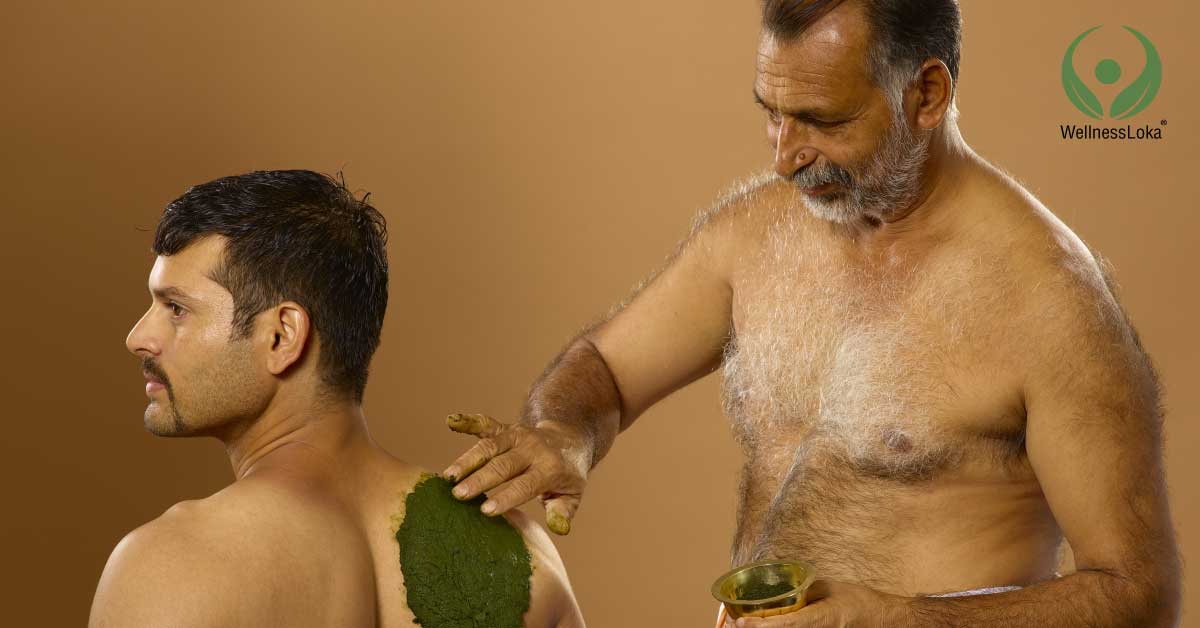Njavara Kizhi

Njavara Kizhi is also known as Shashtika Sali Pinda Swedam. From that term itself it is clear that it comes under the Swedanam or the Sudation Therapy.
Pinda Sweda or Kizhi is a special form of treatment formed and followed in Kerala. In this method, various medicines are used to make boluses that are packed in cloth bags and used to apply heat to the body. According to the type of bolus used the name of the Kizhi changes.
Njavara is a type of rice that has high medicinal value. The rice is cooked in medicated milk decoction. The well-cooked rice is tied in cloth as bolus. The bolus is kept warm throughout the entire procedure by dipping in medicated milk decoction.
INDICATIONS
This procedure can be done as a treatment and also for rejuvenation. Mainly done in conditions like:-
- Neurological Disorders
- Neuromuscular disorders
- Degenerative disorders
CONTRAINDICATIONS
This cannot be done in:-
- Diseases caused by Kapha Dosha
- Conditions with oedema
- Indigestion
- Skin diseases
- Heart diseases
- Diseases related to urinary system
- Obesity
The above said are the indications and contraindications of the Njavara Kizhi. But there are many other factors also to be considered before advising the treatment for the person. Only after a careful examination only a physician will advice the treatment.
POST-TREATMENT CARE
The person should follow the instructions given by the physician. Some of the important things to be noted are:-
- The person should use water that was boiled and then cooled down to luke-warm temperature for bathing.
- He/she should take medicines prescribed by the physician, if any.
- Light food is recommended for the person.
- The person should avoid sexual intercourse during the course of treatment or till the physician suggests.










